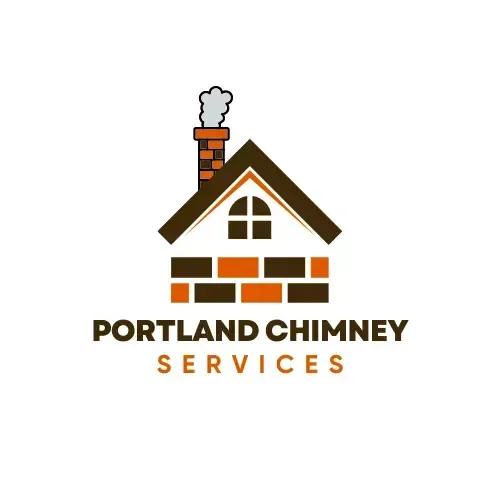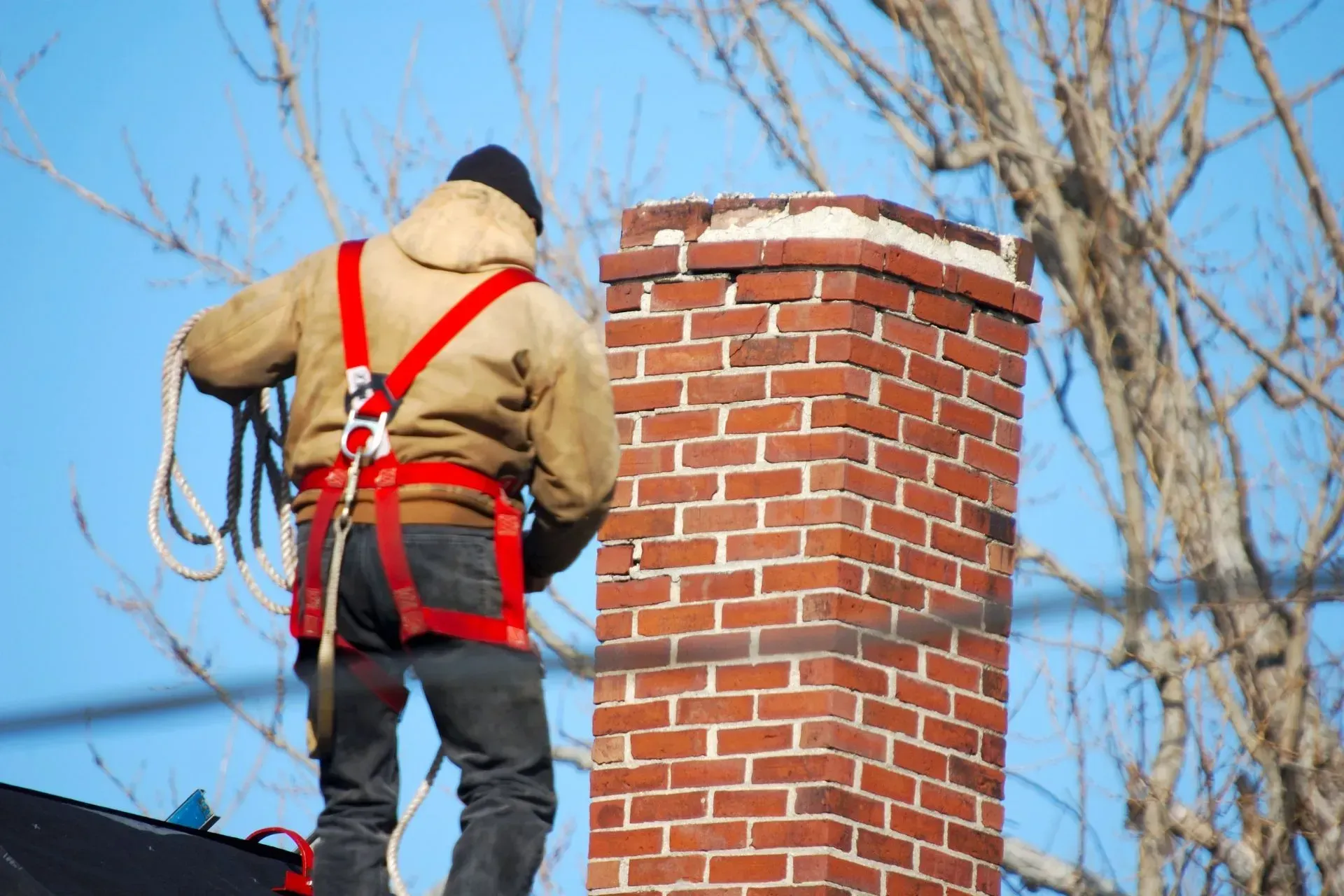Blog | Portland Chimney Services
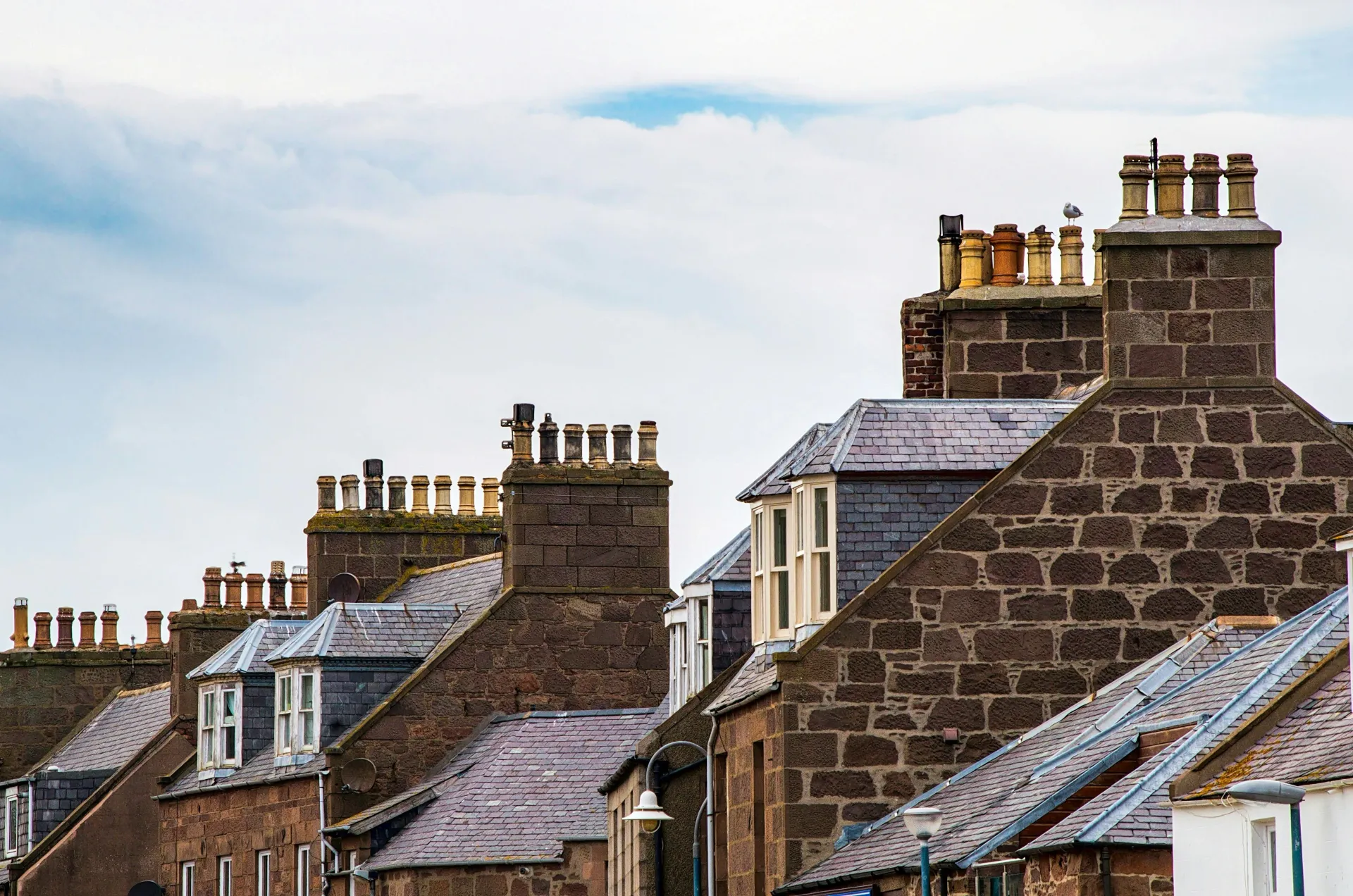
Your chimney stands tall against the elements, but it's not invincible. Rain, snow, and ice can silently wage war on your chimney's masonry, leading to costly water damage and leaks. Here at Portland Chimney Service, we understand that proactive chimney leak prevention is the key to protecting your home's structure and value. This guide will walk you through the top chimney waterproofing solutions to keep your home safe and dry.
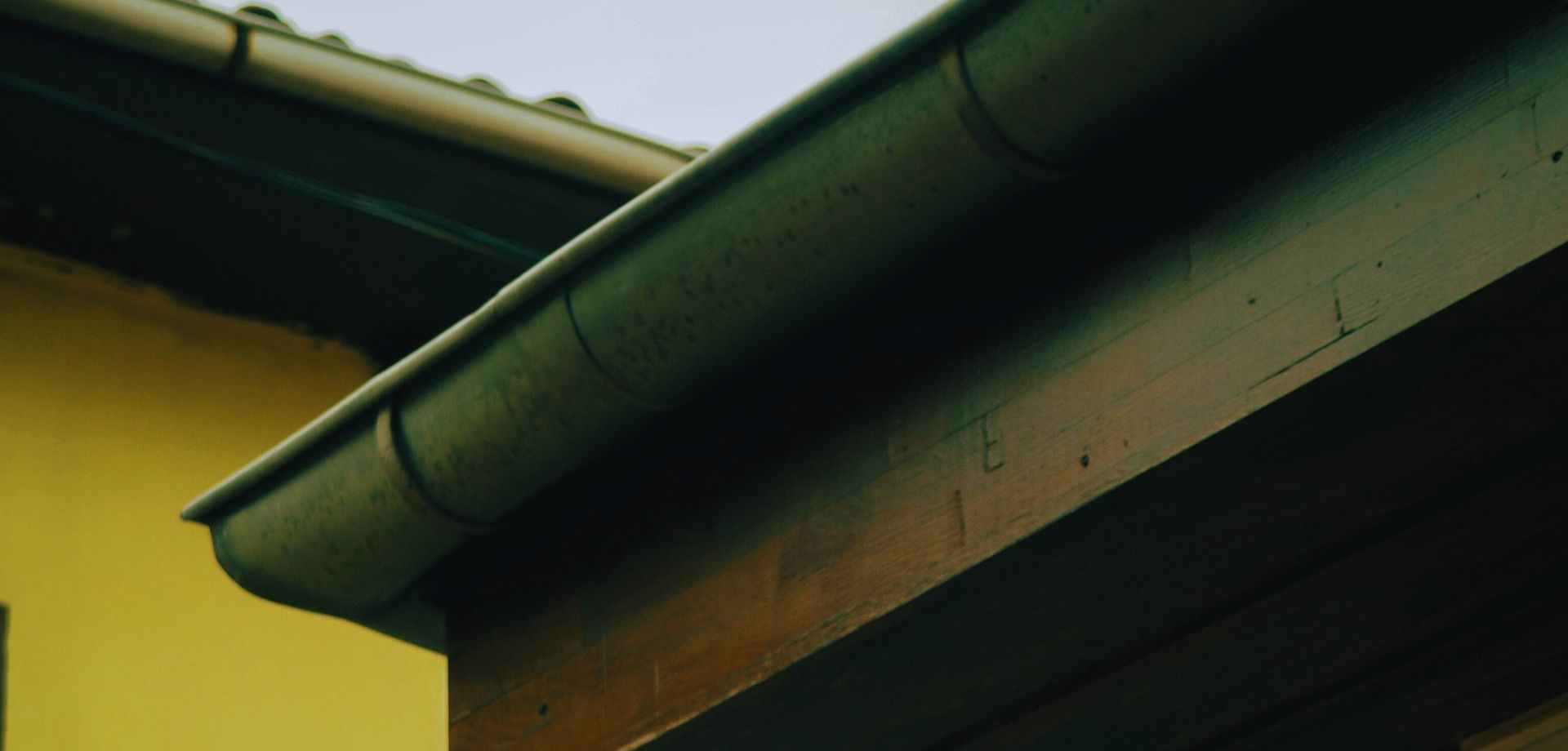
Portland’s lush, green landscape is one of its greatest assets, but the very thing that makes it beautiful—the abundant rain and towering trees—can be a homeowner's worst nightmare when it comes to gutter maintenance. Clogged, damaged, or overflowing gutters aren't just an eyesore; they are a direct threat to your home's structural integrity. From the foundation to the roof, your gutters are the unsung heroes of water management. This comprehensive guide will walk you through everything Portland homeowners need to know about gutter cleaning and repair. Here at Portland Chimney Service , we've expanded our expertise in exterior home protection to include comprehensive gutter care. We understand how Portland's unique climate impacts your home, and we're dedicated to providing reliable solutions to protect your investment.
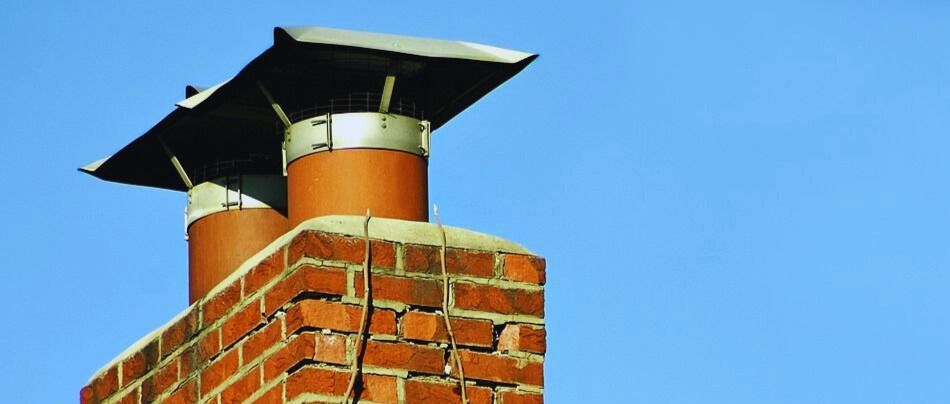
At the very top of your chimney structure sits a component many homeowners overlook: the chimney crown. This horizontal slab of concrete might not look like much, but it serves as the primary shield protecting your chimney's intricate masonry from the relentless assault of the elements. When this shield develops even a small crack, it creates an opening for a cascade of expensive and dangerous problems. Here at Portland Chimney Service , we've seen firsthand how a neglected hairline fracture can evolve into a major structural failure. This comprehensive guide will explain what a chimney crown is, why it's so critical, and how seemingly minor damage can lead to significant issues for your home.
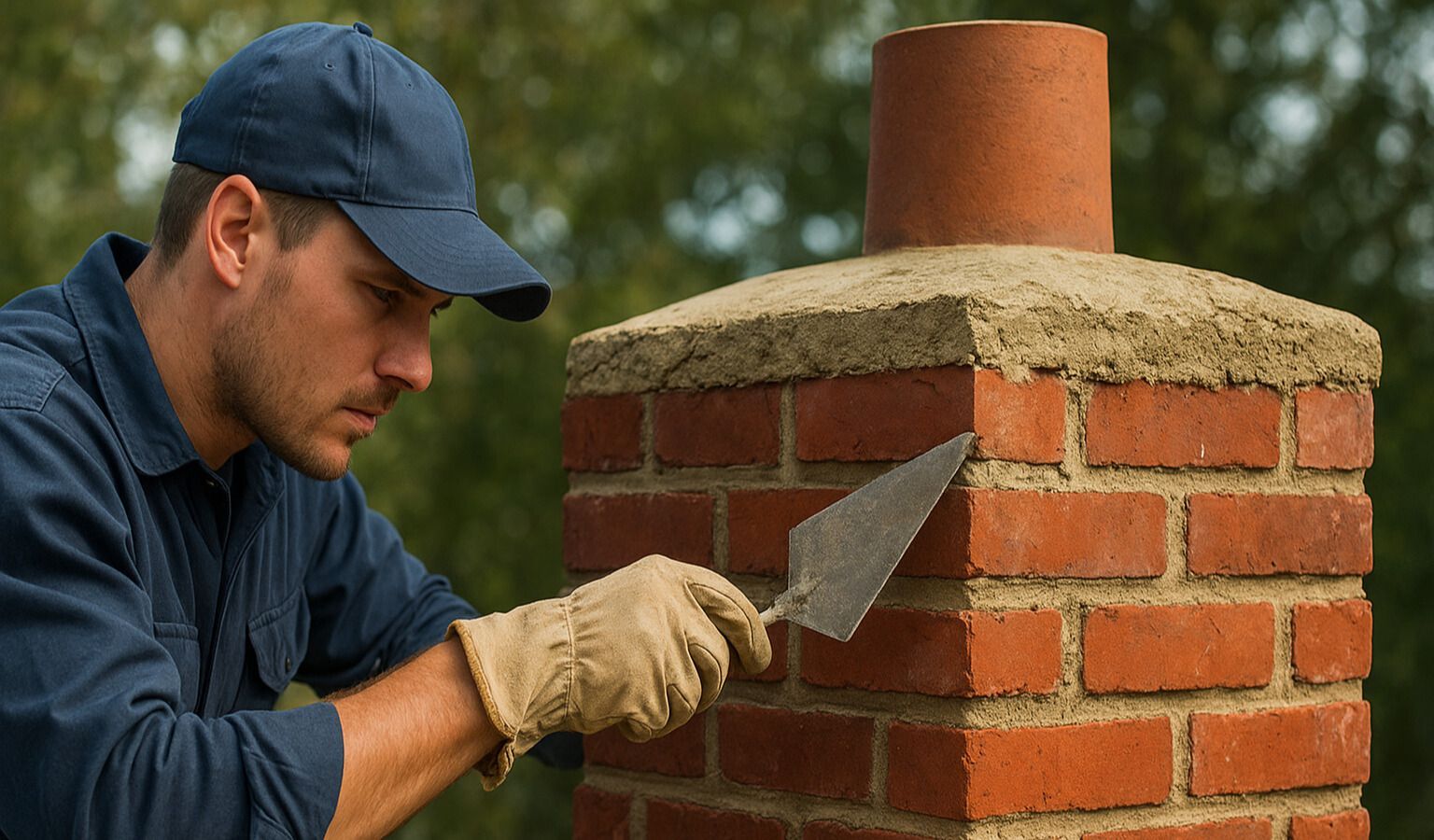
Your chimney stands as a silent guardian of your home, braving the elements year after year. But this constant exposure to rain, wind, sun, and freezing temperatures takes its toll, particularly on the mortar holding its bricks together. You might notice crumbling lines, gaps, or even loose bricks, and your first thought might be the dreaded, expensive prospect of a full rebuild. But what if there was a way to restore your chimney's strength and beauty without tearing it down? Enter tuckpointing—the meticulous craft of chimney restoration that saves you time, money, and a whole lot of stress. Here at Portland Chimney Service , we believe in smart repairs, and tuckpointing is one of the smartest investments you can make in your home's safety and longevity.

Chimney waterproofing is the process of applying a specialized, vapor-permeable sealant to the exterior masonry of your chimney. Think of it as a protective shield. This sealant is specifically designed to stop water from soaking into the porous bricks and mortar while still allowing any moisture already trapped inside to escape. This "breathability" is a critical feature that sets professional waterproofing products apart from regular paint or sealers that can actually trap moisture and worsen the problem. The goal is to create a barrier that repels water from the outside, preventing it from seeping into the chimney's structure and causing a cascade of issues. It's a proactive measure that can save you from significant headaches and expenses down the road.

As the leaves turn and a chill enters the air, the comforting glow of a fireplace becomes increasingly inviting. But before you light that first cozy fire of the season, it’s crucial to ensure your chimney is safe and ready for the task. A neglected chimney can pose significant risks, including house fires and carbon monoxide poisoning. This is where a thorough pre-inspection comes in. Here at Portland Chimney Service , we believe that an informed homeowner is a safe homeowner. This comprehensive guide will walk you through everything you need to know about chimney pre-inspections, empowering you to take proactive steps toward a safer home.
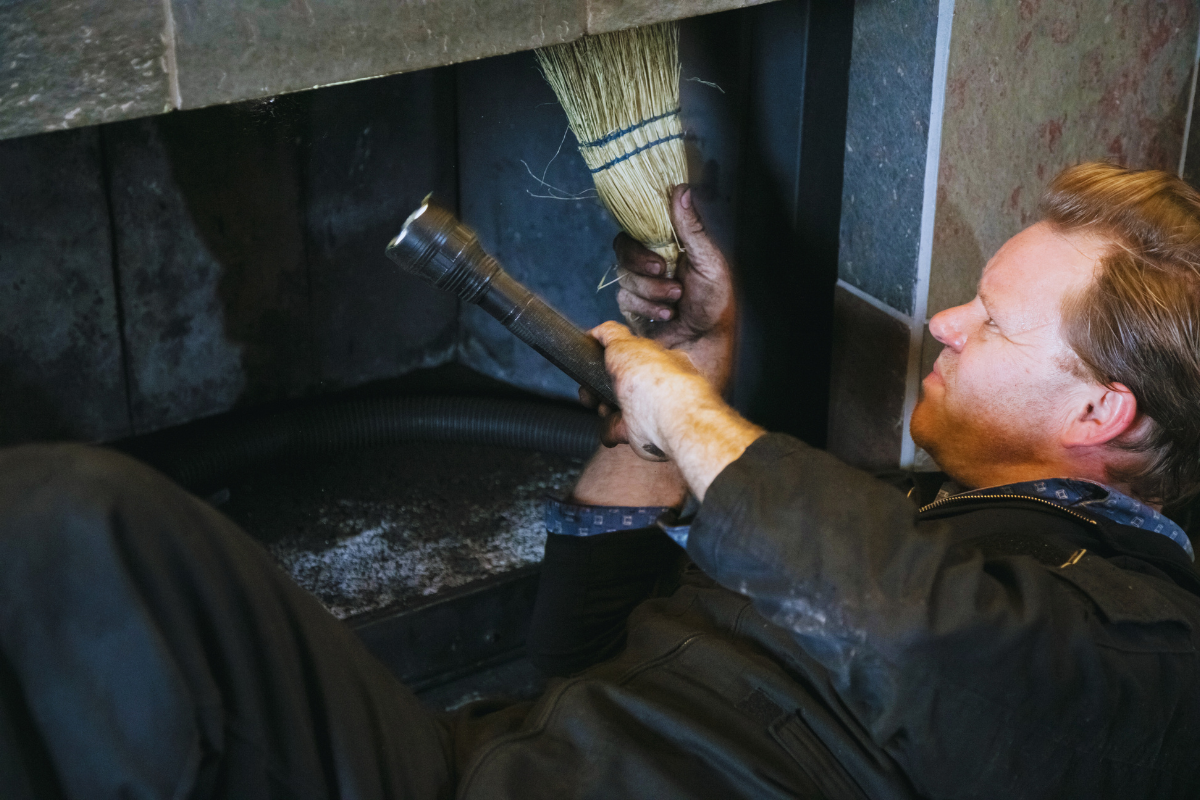
There’s nothing quite like the warmth and ambiance of a crackling fireplace, especially during a chilly Portland, ME evening. It’s the heart of the home, a place for gathering and comfort. But to keep that heart beating safely and efficiently, your chimney needs regular, professional attention. Many homeowners only think about their chimney when something goes wrong, but proactive care is the key to preventing costly repairs and dangerous situations. This guide covers the essential chimney services every homeowner in Portland should know about.
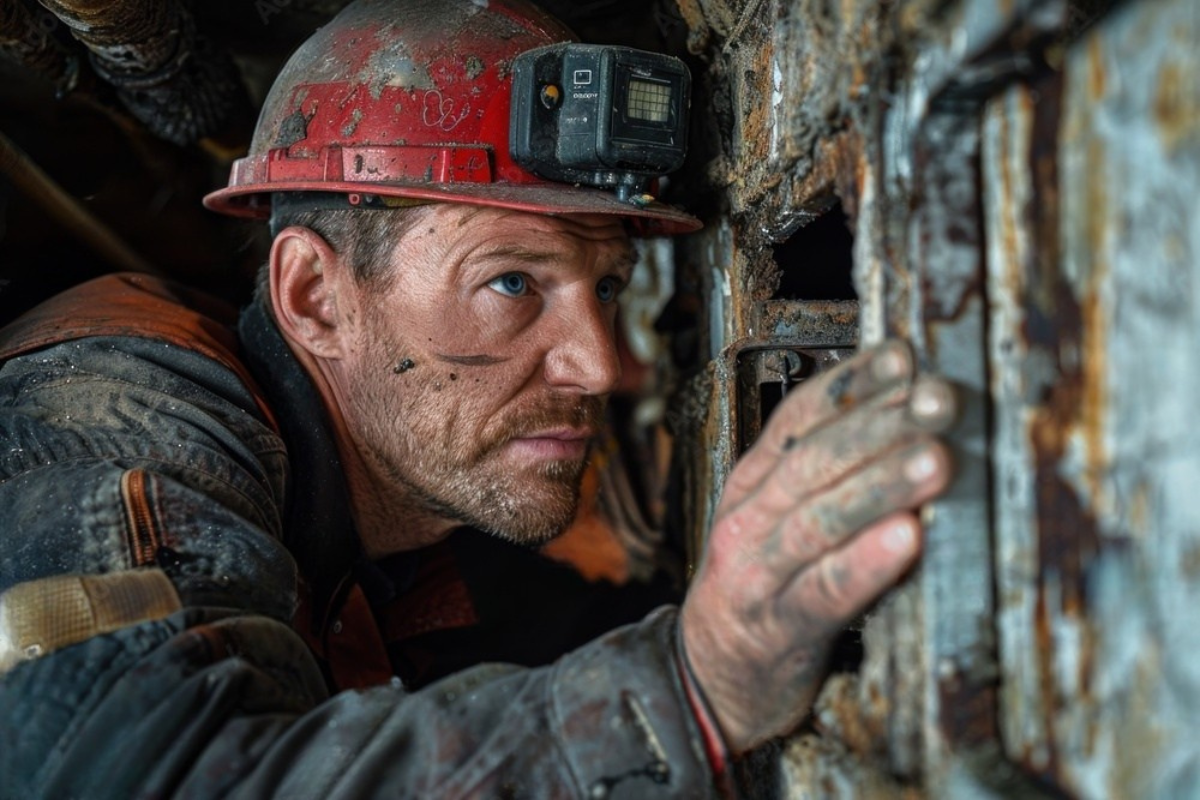
Introduction If you live in Portland, Maine, you know how comforting it feels to curl up next to a warm fire during the long, cold winters. But here’s something most homeowners overlook — your cozy fireplace can become a silent hazard if your chimney isn’t properly inspected or cleaned. A chimney sweep in Portland, Maine, isn’t just about keeping things tidy. It’s about protecting your home from fires, carbon monoxide leaks, and costly water damage. So, before the next snowfall hits the Casco Bay, let’s dive into why annual chimney inspections are a must for every Portland homeowner — and how Portland Chimney Service makes it simple, affordable, and worry-free.
